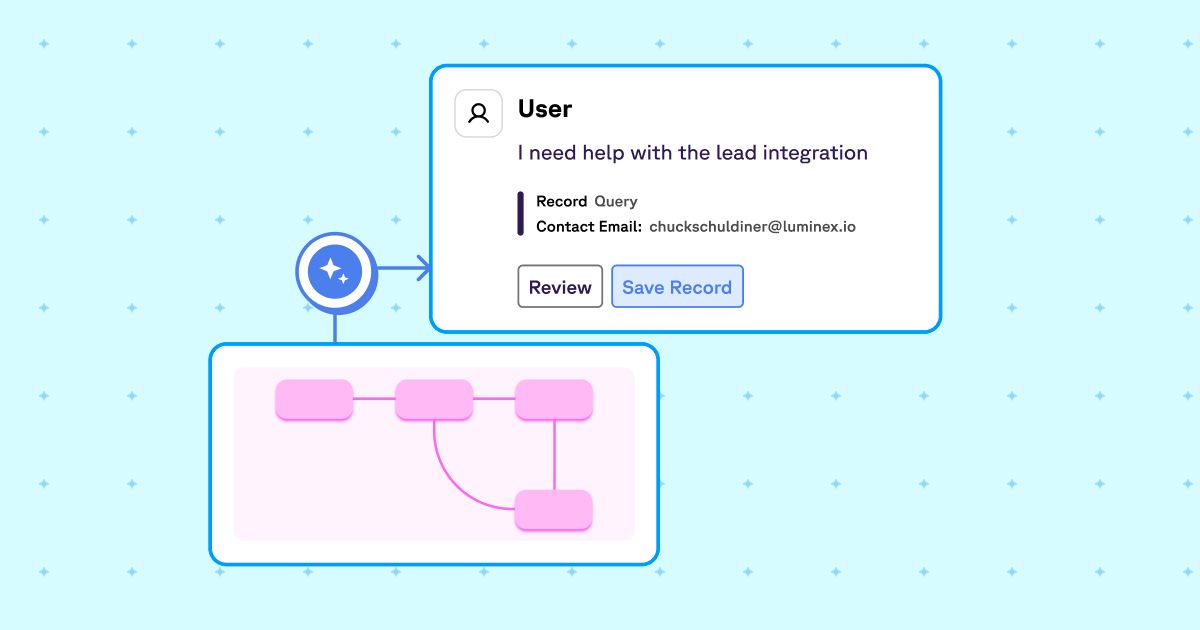As your company grows, your Salesforce configuration becomes increasingly complex and requires more management, maintenance, and analysis. However, just because the company is growing doesn’t mean that you or your team have the resources to add to the headcount. Whether your team is unable to hire at the moment or you’re juggling multiple responsibilities within a small team, it’s crucial to optimize Salesforce without adding to your to-do list.
In this blog, we’ll explore how you can make the most of your existing resources while maintaining a high level of productivity and efficiency within Salesforce.
1. Prioritize and Streamline Salesforce Processes
With limited resources, it’s crucial to focus on the most impactful processes within Salesforce. Start by identifying the core tasks that directly influence revenue generation and customer satisfaction.
- Map out key processes: Document the critical steps your team needs to take within Salesforce to close deals, manage customer relationships, and support your revenue goals. Documentation can seem like a big time investment, but with Sweep’s AI-powered tools, you can automatically document everything that’s been built in your environment instantly.
- Eliminate redundancies: Look for opportunities to consolidate overlapping tasks or remove unnecessary steps.
- Automate wherever possible. And be sure to set up automated alerts and reminders for follow-ups, ensuring that important tasks don’t slip through the cracks.
2. Consolidate your Tech Stack
If you’re managing a lean team, it’s vital to take full advantage of the tools already integrated with Salesforce. Perhaps there are tools that you’re no longer using or software that no longer works seamlessly with your current business model. It’s important to conduct an audit to see what’s working for the team – and what’s not – in order to streamline your team’s operations.
3. Empower Your Team with Training and Best Practices
Investing in Salesforce training and establishing best practices can drastically improve productivity. There are plenty of resources provided by Salesforce (Hi, Trailhead!) but there are other communities that the team can join in order to stay up-to-date on the latest releases.
- Provide ongoing training: Ensure that your team is up-to-date with the latest Salesforce features and best practices. Consider using Salesforce’s Trailhead for easy-to-access, self-paced learning.
- Establish clear guidelines: Create a set of best practices for data entry, reporting, and process management. This will help minimize errors and ensure consistency across your team.
4. Support your Salesforce End Users
One of the most effective ways to reduce your team’s workload is to empower your end users to resolve common issues on their own. Providing training and resources, such as self-service knowledge bases, can reduce the number of support requests that your team has to handle.
With Sweep’s Salesforce Support AI Assistant, end users can get immediate answers without additional support from the Admins. It functions as a chatbot within Salesforce where end users can ask questions, resolve error messages, or simply learn more about the environment without bugging the Admin. Plus, the AI is continuously indexing your org's metadata as well as any included custom data so it has the necessary context to answer every question accurately.

Additionally, consider creating easy-to-use dashboards and reports within Salesforce that allow end users to access the information they need without relying on your team. By enabling users to find answers and insights independently, you’ll free up your team’s time for more strategic tasks.
5. Utilize Reports and Dashboards for Better Decision-Making
When managing a small team, making informed decisions quickly is critical. Salesforce’s reporting and dashboard features can provide valuable insights into your operations, helping you identify areas for improvement and optimize your team’s efforts.
- Customize dashboards: Tailor dashboards to display the most important metrics for your business, ensuring that you’re always informed about performance.
- Use reports for forecasting: Regularly generate reports to monitor trends, predict future workloads, and allocate resources more effectively.
6. Adopt an Agile Mindset
Finally, adopting an agile mindset can help your team stay flexible and responsive to changing demands. This is especially important in a startup or small business environment, where priorities can shift rapidly.
- Iterate and improve: Encourage your team to regularly review processes, seek feedback, and make incremental improvements.
- Stay flexible: Be prepared to adjust your approach as new challenges arise, focusing on quick wins and continuous improvement.
Managing Salesforce workloads with limited resources requires a strategic approach that emphasizes efficiency, automation, and empowerment. By prioritizing key processes, leveraging the right tools, and fostering a culture of continuous improvement, RevOps managers, entrepreneurs, and small teams can navigate the challenges of limited bandwidth while still achieving their goals. If you’re ready to see how Sweep can help increase your team’s productivity, book a consultation with one of our team members today.

